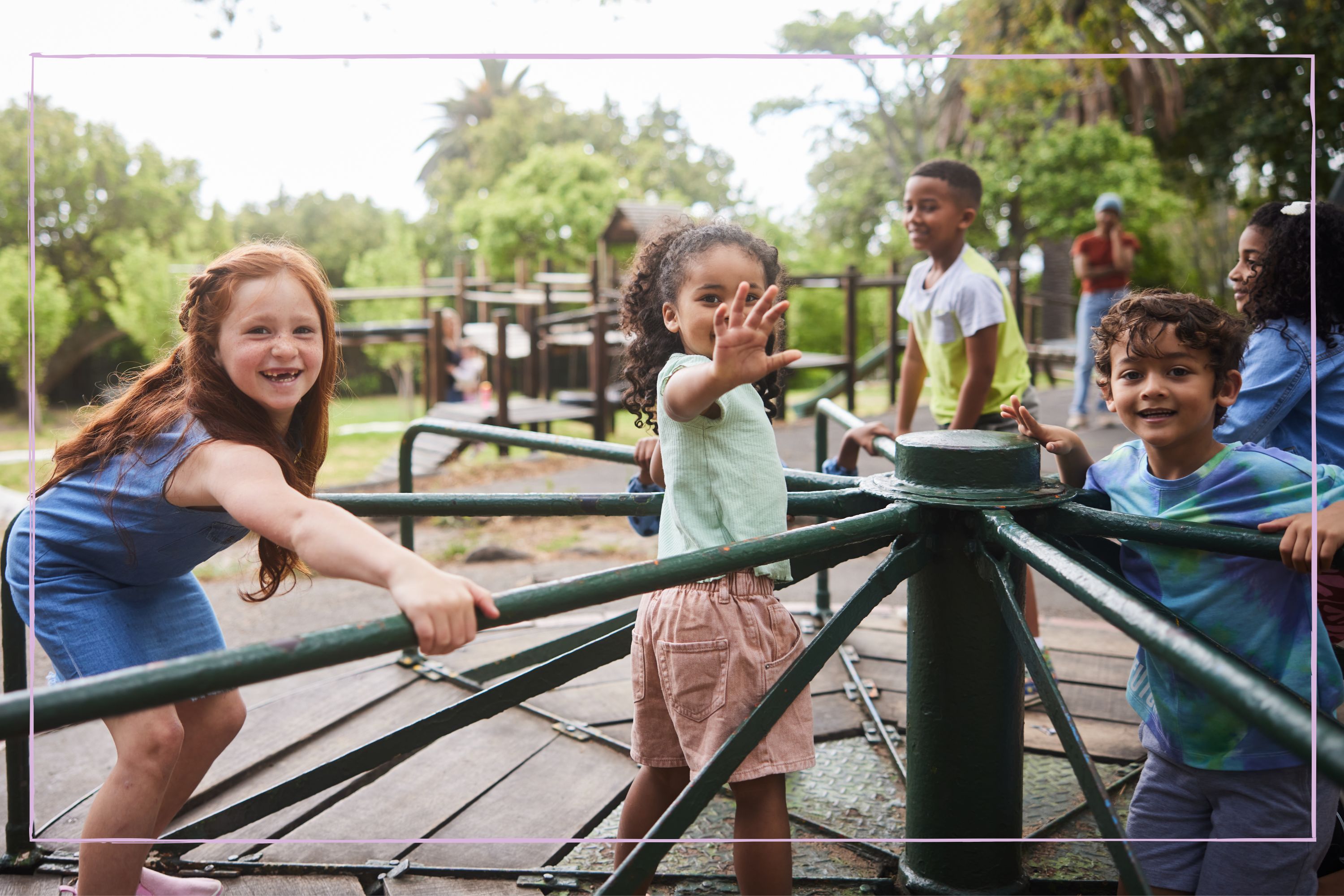7 benefits of risky play and how 'hazards' can be beneficial, according to developmental psychologist
Experts say that risky play is crucial for a child's development

New research has revealed the seven playground 'hazards' that are actually great elements to incorporate into a child's risky play - and they can have a huge positive impact on a child's development.
Getting kids out of the house and out into nature is not only a great way to keep them busy on a budget, especially with the school summer holidays coming up, but it's also crucial for their development to get stuck in with play in exciting environments.
But while kids are all for jumping off this and running into that, parents can often feel apprehensive about putting their kids into 'hazardous' environments. But new research has found that what many parents think of as 'hazards' are actually beneficial 'risks' that kids can massively learn from.
Explaining the research conducted by her and her team at The University of British Columbia's Outside Play Lab, developmental psychologist and injury prevention expert Mariana Brussoni explained that risk is often viewed negatively and is confused with hazards. But separating the two, with hazards rightly being serious threats that children often can’t recognise or manage, and risks being challenges children can assess and learn from, will allow kids to experience more beneficial types of play.
To do this, she explains, “One of the things that we really focus on is the need to move from a risk assessment, which is what’s traditionally done, to a 'riskbenefit' assessment. What we want to do is really just focus on preventing those serious injuries or deaths."
By weighing up the benefits of letting your kids take risks on their own with the genuine hazard that might also bring, parents will likely find that what they once thought too dangerous is in fact something their kids have learned and reaped many benefits from. Plus, it should be kept in mind that Nordic children, who regularly engage in risky play as it part of their culture, are some of the happiest kids in the world according to science - that's a pretty good advert right there.
If you need more convincing, risky play has some well-documented benefits, says Brussoni, who lists the seven most important benefits children get from doing it;
Parenting advice, hot topics, best buys and family finance tips delivered straight to your inbox.
1. They are more physically active.
2. They can build skills gradually and on their own terms
3. They develop more confidence
4. They learn to be independent
5. They develop better mental resilience.
6. They learn the skills to help them face their fears
7. They have the chance to experience, and also learn to manage, strong emotions
So while it might be hard to let your kids go out and engage in some risky play without letting your own anxiety overwhelm you, especially considering that 76% of children want to spend more time in nature, this summer might just be the perfect time for them, and you, to get stuck in with some risky playtime.
For more family news and playtime insight, does your child have a balanced play diet? Research psychologist reveals what this is and why your kid might need one. Plus, these are the three stages of play every parent needs to know to save their sanity (and you're probably nailing #2). And, messy play could have serious benefits for your kids - here are 3 toys to encourage their creativity and keep mess to a minimum.
Charlie Elizabeth Culverhouse is a news writer for Goodtoknow, specialising in family content. She began her freelance journalism career after graduating from Nottingham Trent University with an MA in Magazine Journalism, receiving an NCTJ diploma, and earning a First Class BA (Hons) in Journalism at the British and Irish Modern Music Institute. She has also worked with BBC Good Food and The Independent.